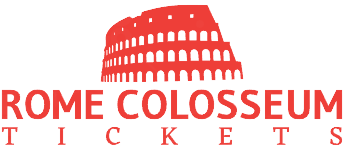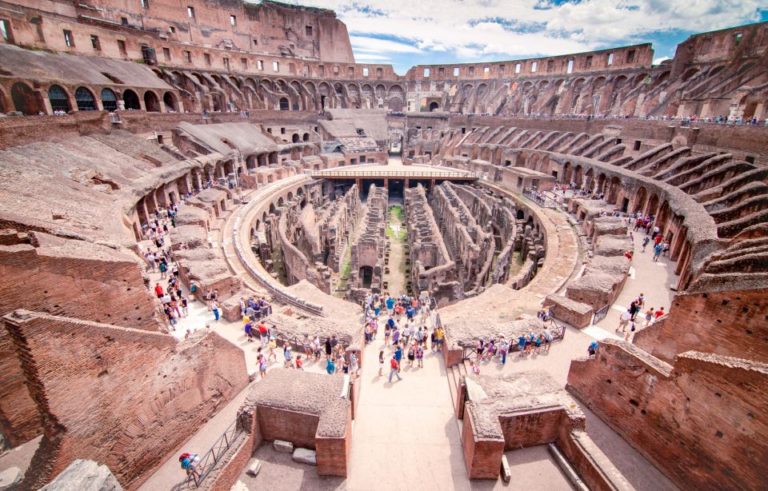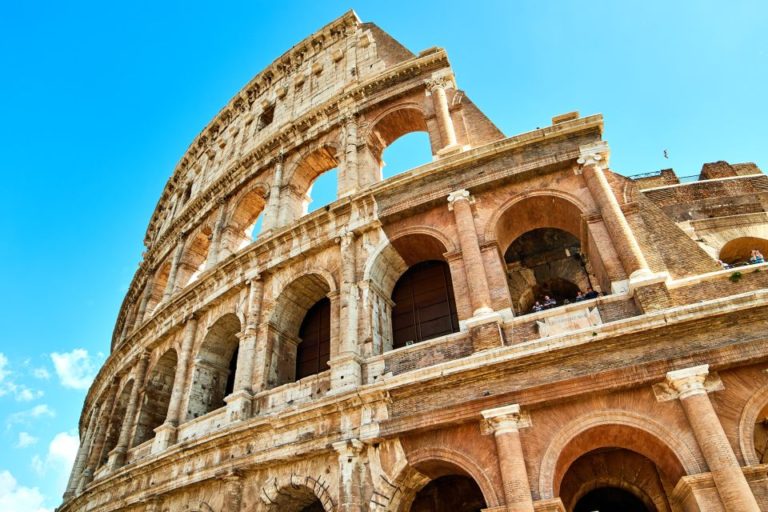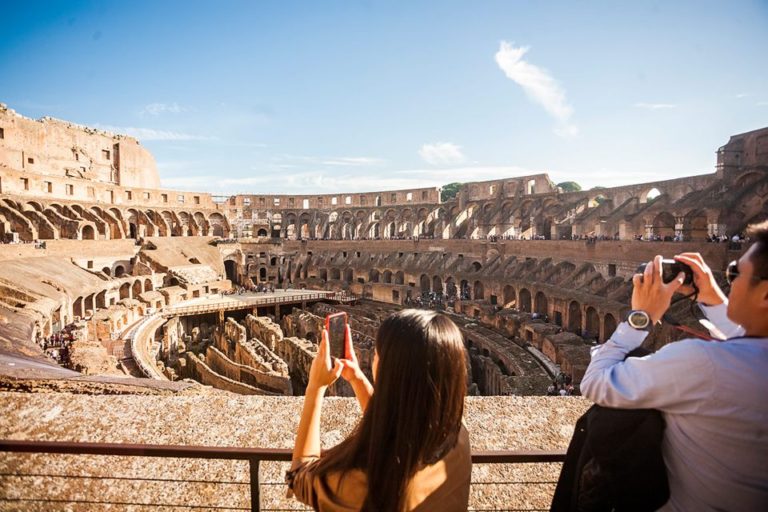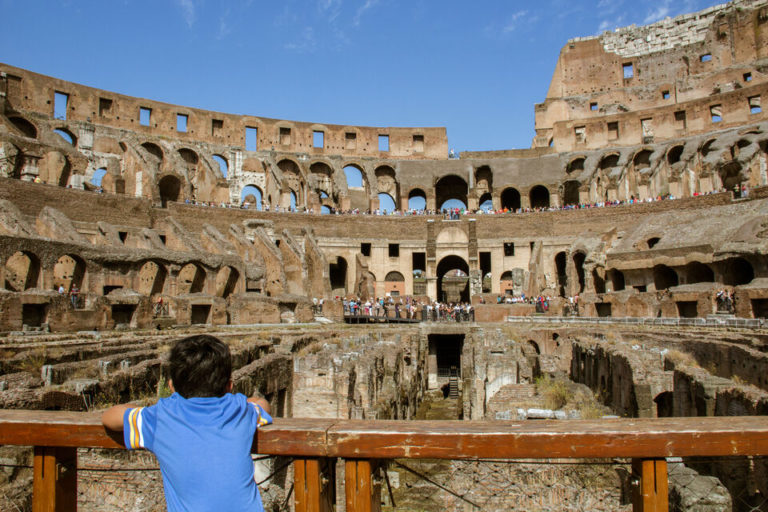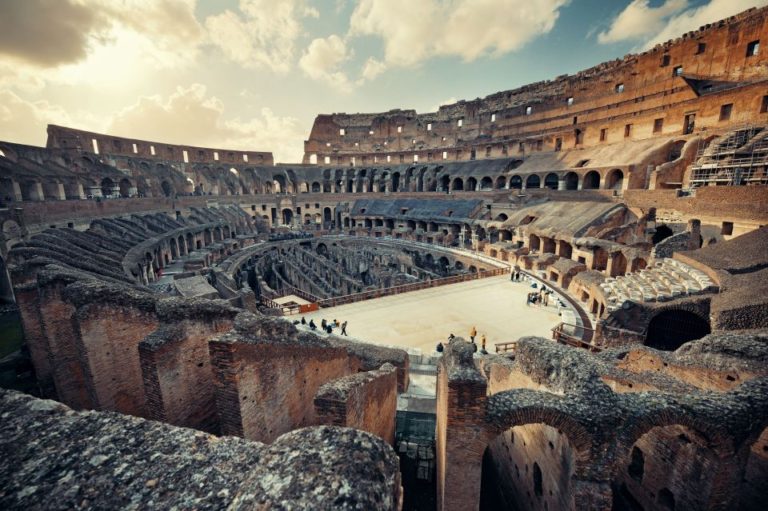Free Cancellation
Get a 100% refund up to 24 hours before your tour starts.
Mobile Voucher
No need to Print any Voucher for Underground Tours
Skip The Line Tour
All Colosseum Underground Tours includes Skip the Line Entrance.
Friendly Help
We're standing by 24/7 to make your experience incredible.
